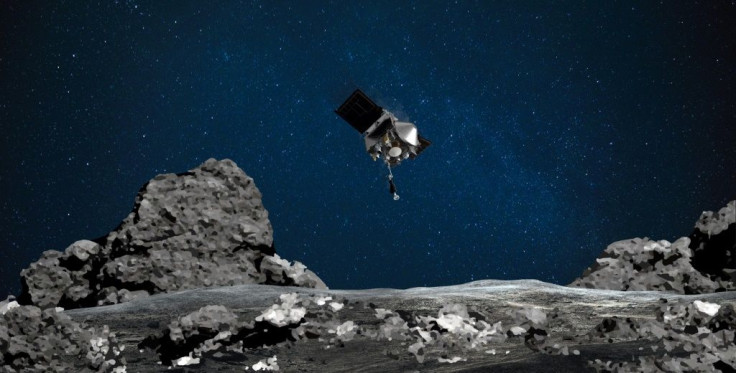4 Tiny Asteroids Headed Towards Earth, Will Zip By On Wednesday
KEY POINTS
- Four asteroids will be making their way past Earth on Wednesday
- The biggest one has a diameter of 111ft.
- Only 2020 UY is currently in ESA Risk List
A total of four asteroids are expected to make their close approaches with Earth Wednesday and all of them have been included in the European Space Agency's Priority List.
Four tiny asteroids will be zipping past the planet, data from NASA's Center for Near-Earth Object Studies (CNEOS) revealed. First in line is 2020 UY, which will make its close approach at 12:24 a.m. EDT. It will fly past the planet at a distance of 217,000 miles from its surface.
This 31-foot Near-Earth Asteroid is about half as long as a cricket pitch and is expected to fly by at a speed of 4mps, according to CNEOS' Close Approach Data Table. The said NEA is also included in ESA's Risk List and its Priority List, and is expected to have its next Earth close approach on Nov. 21, 2027.
Following closely will be 2020 US. This NEA will make its flyby at 2:35 a.m. EDT. at a distance of 506,000 miles from the planet. It has a diameter of 69 ft. and will only make its next close contact with Earth after 53 years, in 2073. The said NEA is currently not included in the ESA's Risk List.
Once daylight breaks, 2020 TM6 is then set to zip by Earth at a distance of 2,000,000 miles. Considered to be the largest of the bunch, 2020 TM6 has a diameter of 111 ft. This NEA, as well as the first two asteroids, is classified as an Apollo asteroid due to its Earth-crossing orbit. This means that at a certain point, its orbit intersects with the Earth's, thus making close contacts with the planet more likely to happen. Fortunately, 2020 TM6 hasn't been included in the ESA Risk List.
Capping off the day's asteroid flyby would be 2018 VG, an asteroid discovered two years ago. The 65-foot NEA will be making its way past the planet more than 3,000,000 miles away. A London double-decker bus, which measures 28 feet, would have to fall in line two and a half times to get a picture of 2018 VG's diameter. At 11:41 a.m. EDT, this NEA will be zipping by at a speed of 4 mps.

© Copyright IBTimes 2024. All rights reserved.





















